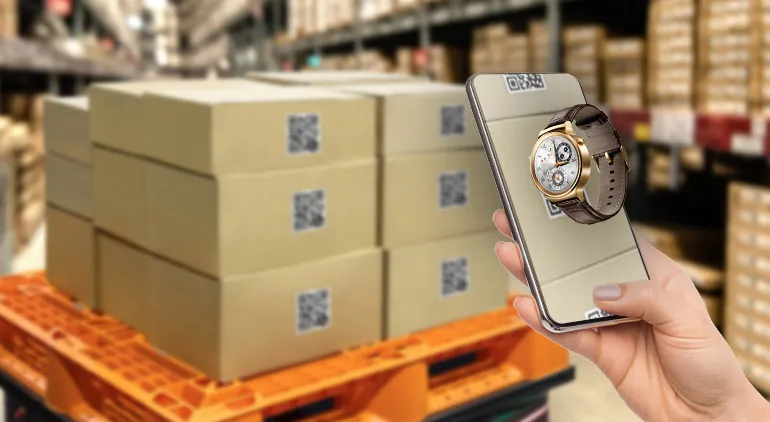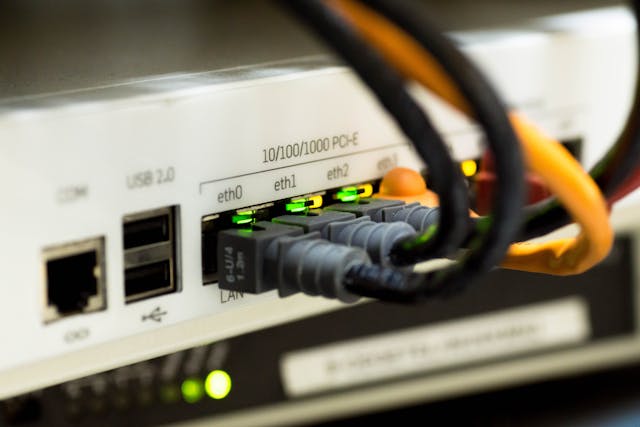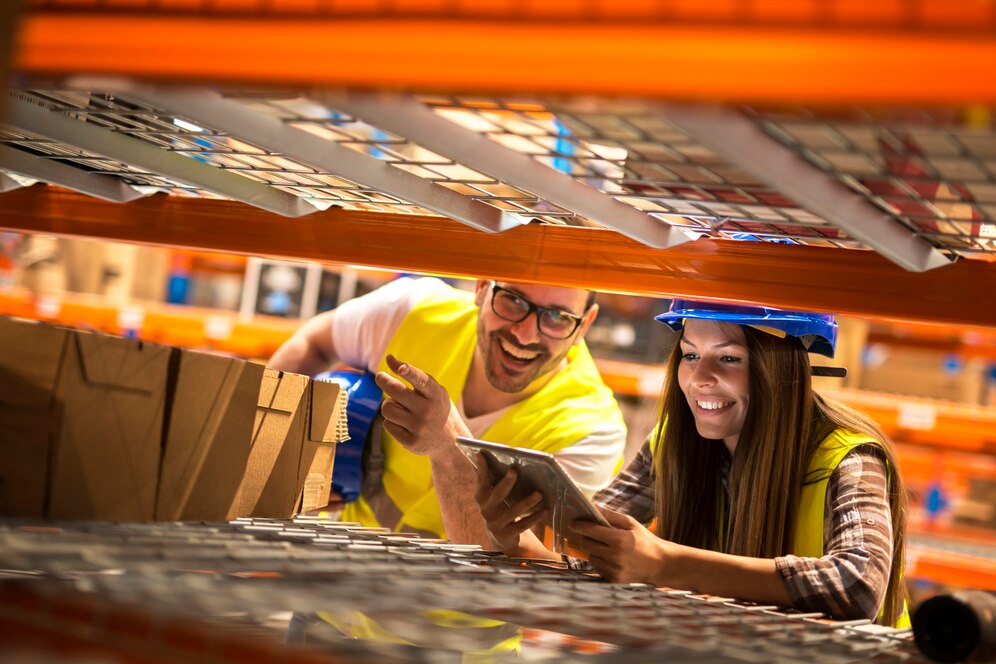Smart Packaging Trends That Are Reshaping Retail

Strong 8k brings an ultra-HD IPTV experience to your living room and your pocket.
In today's competitive retail landscape, packaging has evolved beyond its traditional role of protecting products. It now serves as a dynamic tool for engaging consumers, conveying brand values, and enhancing the overall shopping experience. Smart packaging, which integrates advanced technologies into packaging materials, is at the forefront of this transformation.
This article explores the latest smart packaging trends that are reshaping the retail industry.
1. Interactive Packaging with Augmented Reality
Augmented reality (AR) has emerged as a powerful tool for creating interactive packaging experiences. By overlaying digital content onto physical packaging, brands can provide consumers with immersive experiences that go beyond the product itself.
Key Benefits:
- Enhanced Consumer Engagement: AR-enabled packaging can showcase product features, usage instructions, or brand stories in an engaging manner.
- Increased Brand Loyalty: Interactive experiences foster a deeper connection between consumers and brands.
- Data Collection: Brands can gather insights into consumer behavior by tracking interactions with AR content.
Example: The wine brand 19 Crimes uses AR to bring historical figures on its labels to life, allowing consumers to learn about the characters' stories through a mobile app.
2. QR Codes and Connected Packaging
Quick Response (QR) codes have become a staple in smart packaging, enabling consumers to access a wealth of information with a simple scan.
Applications:
- Product Information: Detailed descriptions, nutritional facts, and usage instructions.
- Promotions and Discounts: Exclusive deals and loyalty programs.
- Sustainability Initiatives: Information on recycling and environmental impact.
Industry Insight: Major UK supermarkets like Tesco and Ocado are transitioning from traditional barcodes to QR codes on products such as milk cartons, providing consumers with instant access to product details and recycling information.
3. Sustainable and Eco-Friendly Packaging
Environmental concerns have prompted retailers to adopt sustainable packaging solutions that reduce waste and carbon footprints.
Trends:
- Biodegradable Materials: Use of compostable and recyclable materials.
- Minimalist Design: Reducing packaging size and complexity.
- Reusable Packaging: Encouraging consumers to return or repurpose packaging.
Example: Graphic Packaging International's KeelClip™ is a paperboard multipack solution that replaces plastic rings, offering an eco-friendly alternative for beverage packaging.
4. Smart Sensors and Freshness Indicators
Integrating sensors into packaging allows for real-time monitoring of product conditions, ensuring quality and safety.
Features:
- Temperature Monitoring: Ensures products remain within safe temperature ranges.
- Freshness Indicators: Visual cues that indicate product freshness or spoilage.
- Tamper Evidence: Alerts consumers to potential product tampering.
Benefit: These technologies enhance consumer trust and reduce food waste by providing accurate information about product quality.
5. Personalized Packaging Experiences
Advancements in digital printing and data analytics have enabled brands to offer personalized packaging tailored to individual consumer preferences.
Approaches:
- Customized Messages: Including the consumer's name or personalized messages.
- Targeted Promotions: Offering deals based on consumer behavior and preferences.
- Localized Content: Adapting packaging to regional languages and cultures.
Impact: Personalized packaging enhances the consumer experience, fosters brand loyalty, and can lead to increased sales.
6. Integration of Industrial AR in Packaging Operations
Beyond consumer-facing applications, industrial augmented reality is also transforming packaging operations within the retail industry.
Operational Benefits:
- Training and Onboarding: AR provides immersive training experiences for packaging line workers, improving efficiency and reducing errors.
- Maintenance and Troubleshooting: Technicians can use AR to visualize equipment internals and receive step-by-step repair instructions.
- Quality Control: AR assists in identifying defects and ensuring compliance with quality standards.
Example: Companies like Harpak-Ulma are utilizing AR to optimize packaging operations, enhancing training, work instructions, and performance monitoring.
7. Data-Driven Insights and Analytics
Smart packaging enables the collection of valuable data on consumer interactions, providing retailers with insights to refine marketing strategies and product offerings.
Data Collected:
- Scan Rates: Frequency and location of QR code or AR interactions.
- Consumer Behavior: Preferences and purchasing patterns
- Feedback and Reviews: Direct input from consumers on product experience
Utilization: Retailers can leverage this data to personalize marketing efforts, optimize inventory management, and enhance customer satisfaction.
Conclusion
Smart packaging is revolutionizing the retail industry by enhancing consumer engagement, improving operational efficiency, and promoting sustainability. By embracing these trends, retailers can stay ahead in a competitive market and meet the evolving expectations of modern consumers.
Key Takeaways:
- Augmented reality packaging creates immersive consumer experiences.
- QR codes provide instant access to product information and promotions.
- Sustainable materials address environmental concerns and regulatory requirements.
- Smart sensors ensure product quality and safety.
- Personalization enhances consumer connection and loyalty.
- Industrial AR improves packaging operations and employee training.
- Data analytics inform strategic decisions and marketing efforts.
Retailers that adopt these smart packaging innovations will be well-positioned to thrive in the dynamic retail landscape.
Note: IndiBlogHub features both user-submitted and editorial content. We do not verify third-party contributions. Read our Disclaimer and Privacy Policyfor details.







